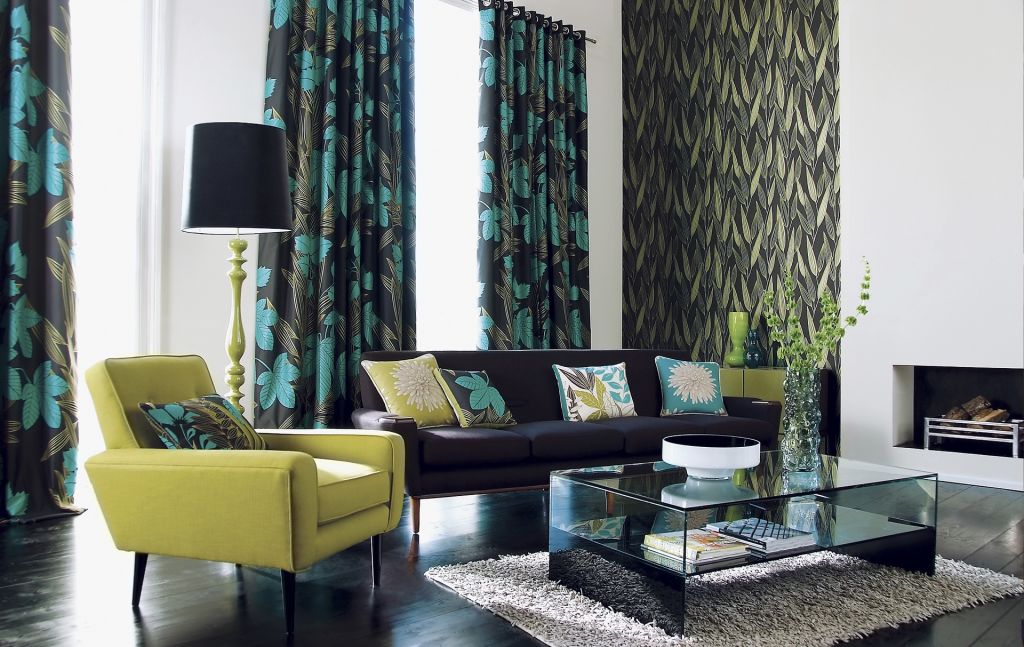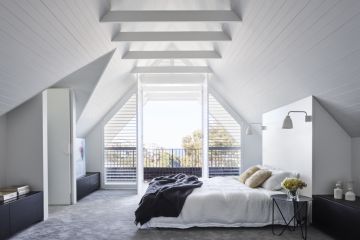Make the most of your living room

The colour conundrum
The decision on whether to use complementary or contrasting colours for your walls and fixtures (skirting boards, window frames and so on) also applies to your furnishings and decorations. For those intending to sell or rent out, it’s best to take a complementary and somewhat conservative approach when selecting colours for your furniture, rugs, cushions, artwork and decorations. Navy walls with gold trims, aqua rugs, white furniture and black floorboards would be a dramatic combination, but it’s unlikely to have broad appeal.
But a complementary and conservative approach to colour doesn’t have to be boring or monotonous. When using neutral colours, the secret is to explore as many textures as possible within the palette you’ve chosen. On the floors, try the wonderful feel of coir matting, and team that with slub linen curtains or Roman blinds. Add white walls with just a hint of blue, and you’ll feel as if you’re at the beach every day. The only limit is your imagination.
Furnishings: choose your style
One particular challenge for some owners is that they have quite different styles: he loves vintage, she prefers contemporary. An eye-catching solution is to create a fusion of the styles. This can easily be achieved by using design elements – usually accessories or decorations – that tie the two styles together.
For example, you can get your modern, low-slung grey lounge ‘talking’ with your partner’s rococo armchairs covered in magenta velvet by adding some luxurious velvet cushions to the lounge and some grey linen cushions to the armchairs.
The beauty of this approach is that you can create a unique and highly personal balance of tastes that don’t jar or look mismatched. It’s also an easy effect to undo if tastes change or if you decide it’s time to get your dwelling ready for sale.
Maximum space, minimum clutter
The ‘white wall’ approach suggested for the bedroom can also be used in the living room. Clear out as much furniture as possible and undercoat the walls, then observe the room for a week or so. A feeling of space is important for a living room, and there’s a number of simple tricks you can use to make even a small room feel large.
For example, to make the room appear longer, try a long rug with stripes that draw the eye along its length. Choose slimline furniture in a modern or mid-century style, with legs that lift the pieces off the floor. Glass-topped coffee tables can also reduce visual clutter.
Use wall-mounted shelves – or have storage built into the room – so you can take the bookshelves and credenzas out, and make sure everything passes the dust-gathering test: is the item in question attractive, useful and used a lot? If not, consider removing it, whether ‘it’ is a favourite vase or your lounge suite. You might be surprised at what doesn’t make the cut, but your living room will be much more livable as a result.
It’s in the frame
Just as people differ in their preferences on vintage or contemporary furnishings, they also have diverging ideas about art, and we often accumulate wall-worthy pieces by accident. Your favourite movie poster, a reproduction of your favourite Van Gogh, the macramé hanging your grandmother made for your ninth birthday … how can you include as many of your favourites as possible?
One approach is to group your wall art by themes: family photos on one wall, landscapes on another and abstracts in the hallway. Or you could arrange your art (and decorations, generally) so there’s a common motif in every room. Yes, this is where your collection of tigers, elephants, Star Trek memorabilia or paisleys might find a home. It can be a great way to bring together a diverse range of items without having it look like a random assortment.
We recommend
We thought you might like
States
Capital Cities
Capital Cities - Rentals
Popular Areas
Allhomes
More







